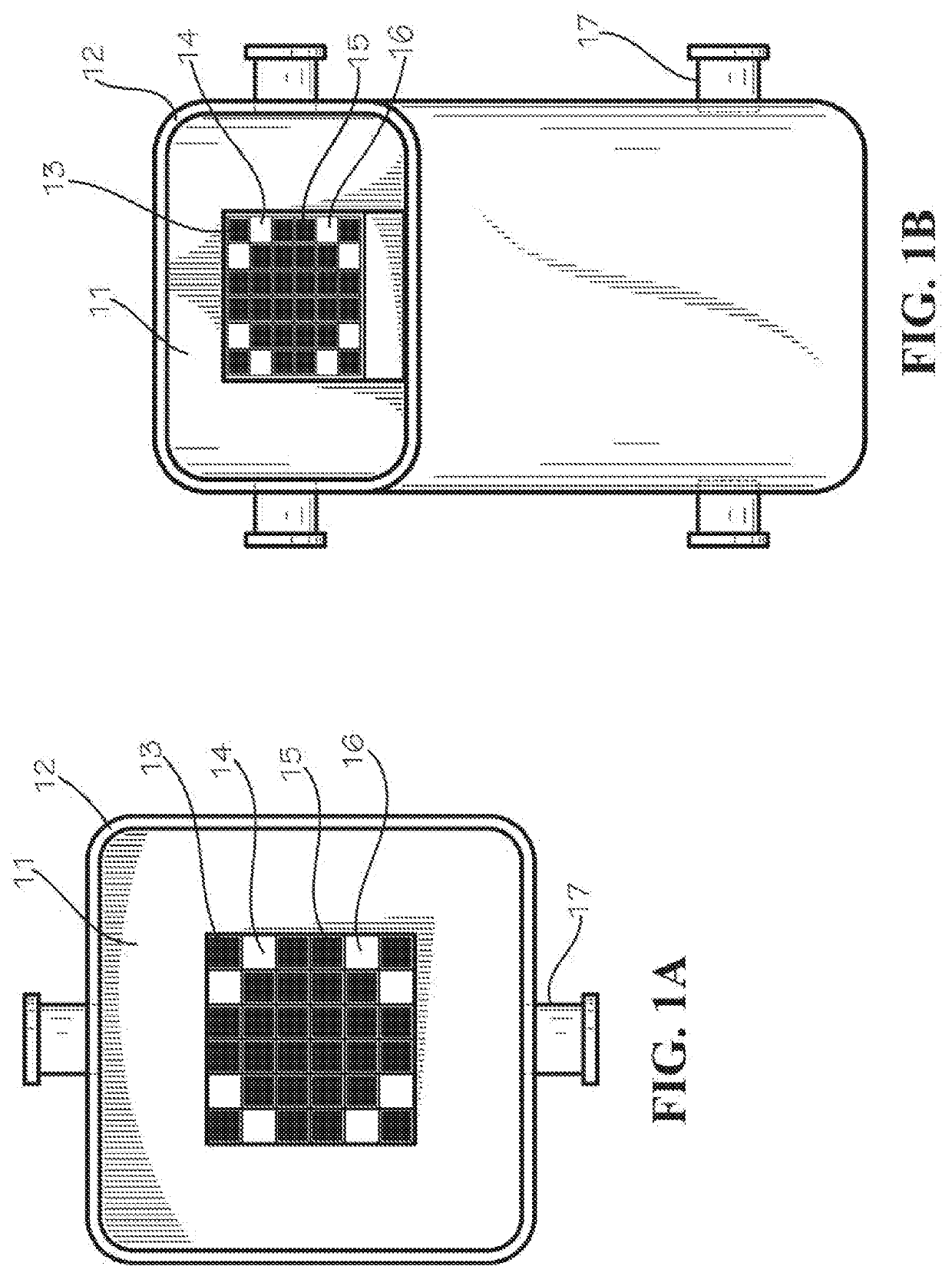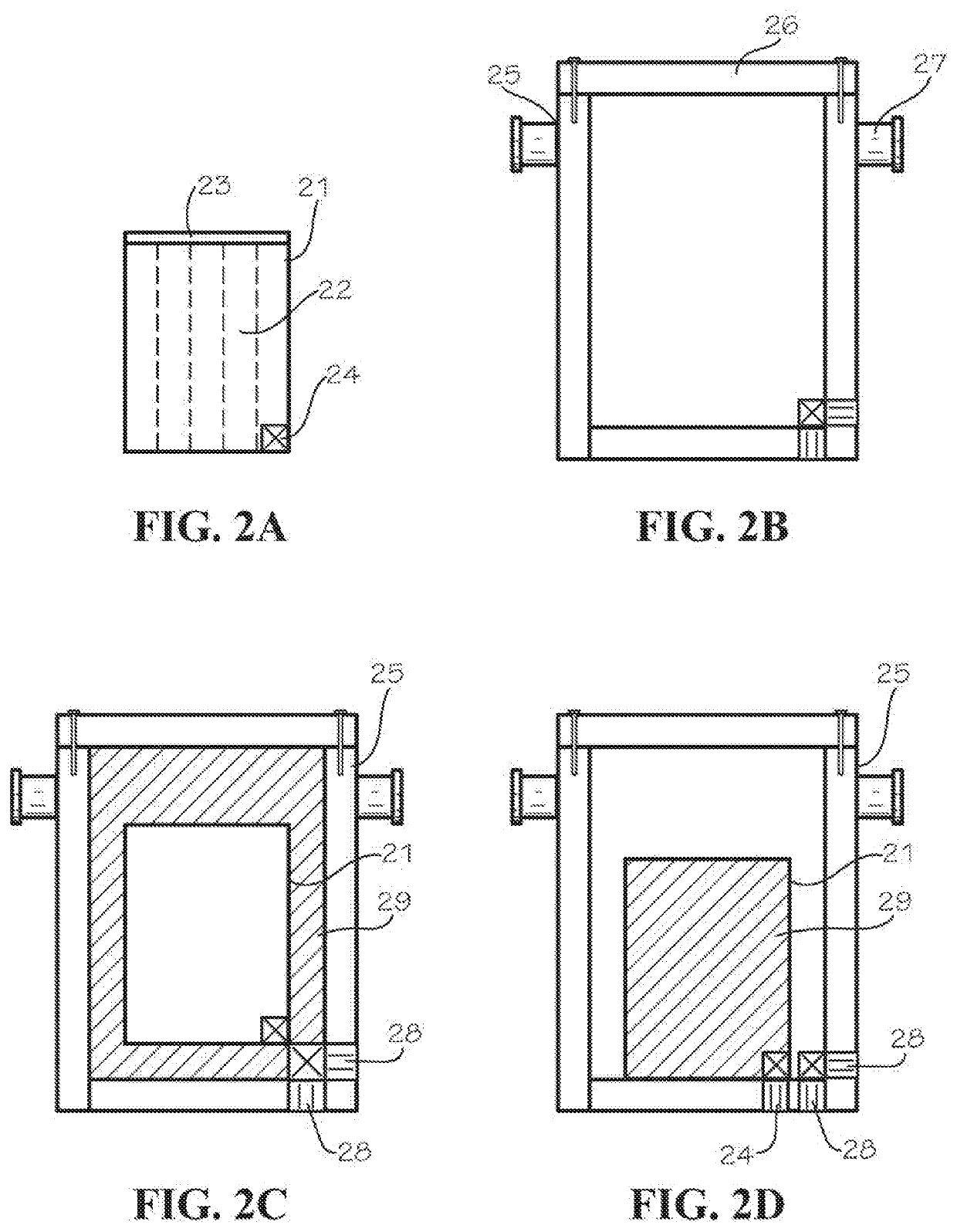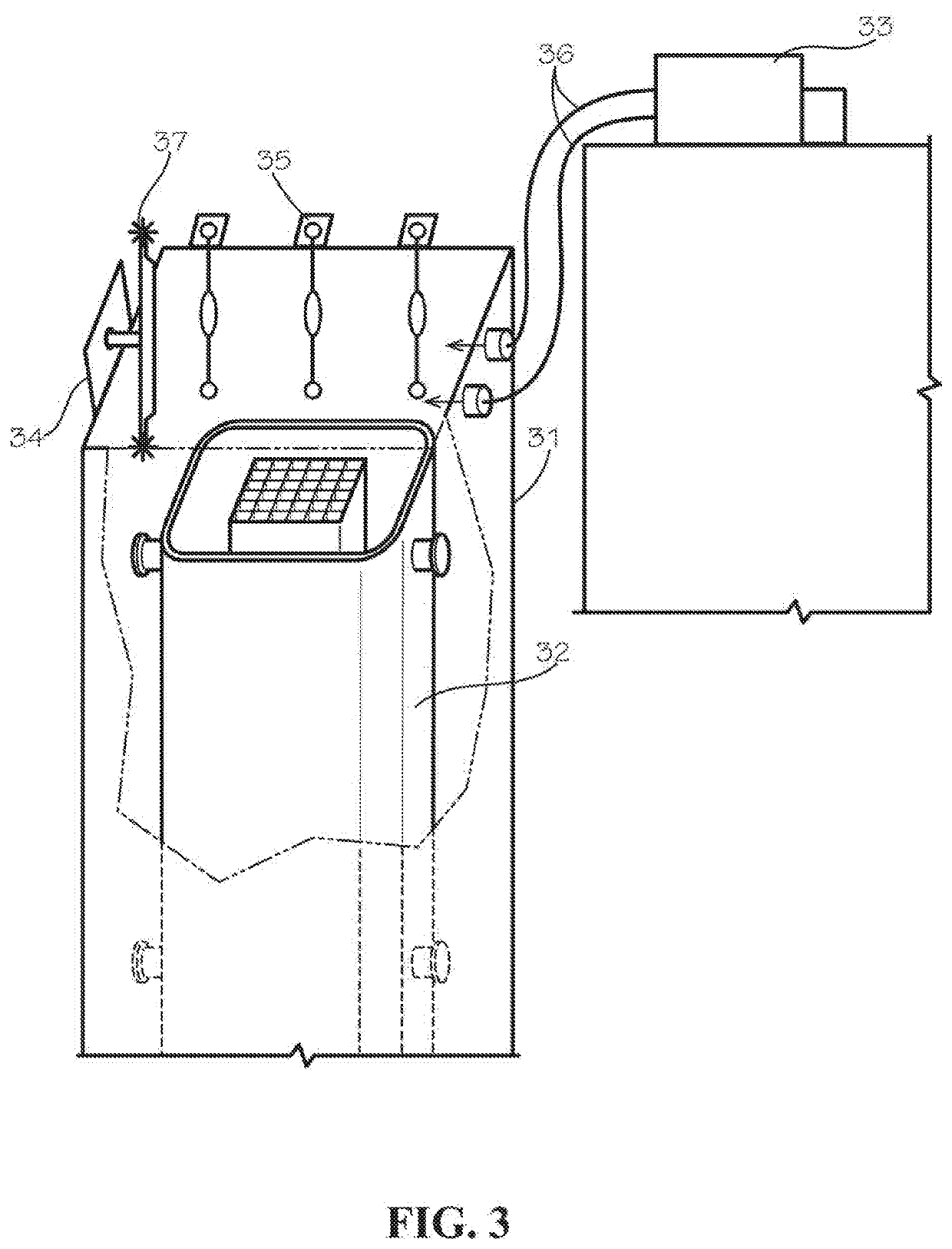Apparatus and methods for storing hazardous waste materials by encasing same in a fusible metal alloy
a technology of fusible metal alloy and hazardous waste, which is applied in the direction of portable shielded containers, nuclear elements, shielding, etc., can solve the problems of increasing the radiation exposure of operators, affecting the operation, and affecting the operation. the effect of operation time-consuming and costly, and limiting the ability to us
- Summary
- Abstract
- Description
- Claims
- Application Information
AI Technical Summary
Benefits of technology
Problems solved by technology
Method used
Image
Examples
Embodiment Construction
[0016]
TABLE OF CONTENTSA. Regulatory Requirements and Design ConsiderationsB. Method Description 1. Regulatory Compliance and Design Considerations 2. Materials, Methods and General Operations a. Materials and Methods 3. Material and Method Embodiment Categories Design of an Astrid System Using FAE Materials (1) Preferred Embodiments of New ASTRID System Designs Using FAE Materials (2) Preferred Embodiments of Modifications to Currently Licensed ASTRID Systems for Using FAE Materials (4) New Package Design for Dry-Loaded Radioactive, Fissionable, or other Hazardous Material b. FAE Material Loading Methods for the ASTRID System (1) FAE Material Loading with Installation of Low-Melting Point FAE Materials in an ASTRID System Cask Prior to Delivery to Hazardous Waste Loading Site (2) Injection of FAE Material into the ASTRID System Cask While It Is at the Hazardous Waste Loading Site (3) Injection of FAE Material in the ASTRID System Cask Whi...
PUM
| Property | Measurement | Unit |
|---|---|---|
| solidus temperatures | aaaaa | aaaaa |
| solidus temperatures | aaaaa | aaaaa |
| melting temperatures | aaaaa | aaaaa |
Abstract
Description
Claims
Application Information
 Login to View More
Login to View More - R&D
- Intellectual Property
- Life Sciences
- Materials
- Tech Scout
- Unparalleled Data Quality
- Higher Quality Content
- 60% Fewer Hallucinations
Browse by: Latest US Patents, China's latest patents, Technical Efficacy Thesaurus, Application Domain, Technology Topic, Popular Technical Reports.
© 2025 PatSnap. All rights reserved.Legal|Privacy policy|Modern Slavery Act Transparency Statement|Sitemap|About US| Contact US: help@patsnap.com



